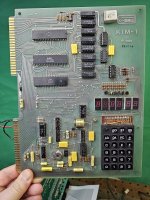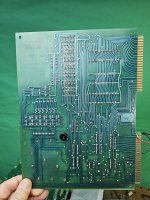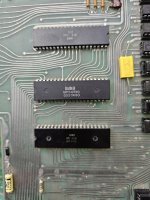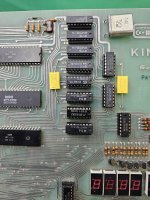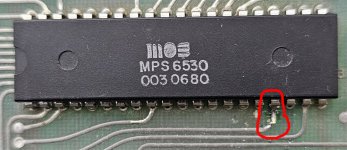falter
Veteran Member
Another thing.. I have just 6 74125s on hand. I have noticed that depending on which is installed, the signal on the address lines picked up can change. For example with one particular 125 installed, it's a very fast beep. But with another, it's slow. I'm wondering if possibly none of these 125s is completely good.



